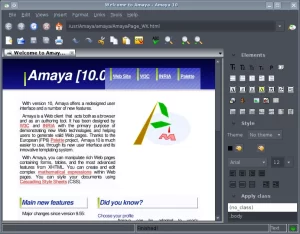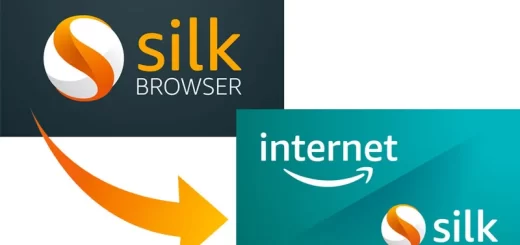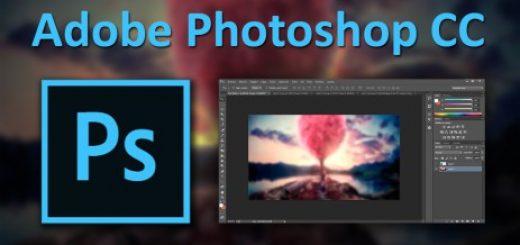Amaya HTML Editor review, features, advantages and disadvantages
Amaya software is written in 32-bit C, It is a light-weight, free, open source HTML (Hypertext Markup Language) editor and browser from W3C, It is available for Linux, Windows (NT and 95), MacOS X, Unix platforms, AmigaOS, SPARC/Solaris and AIX, It is both a WYSIWYG (What You See Is What You Get) browser and an editor.
Amaya HTML Editor features
Amaya software is an open source project hosted by W3C, You are invited to contribute in many forms (documentation, translation, writing code, fixing bugs, porting to other platforms…). Its application was jointly developed by W3C and the WAM project (Web, Adaptation, and Multimedia) at INRIA.
It is a superb web editor that used to create and update the documents directly on the Web, Browsing features are integrated with the editing and remote access features in a uniform environment, so, The Web is a space for collaboration & not just a one-way publishing medium, Amaya editor was formerly called Tamaya, Tamaya is the name of the type of tree represented in the logo, The developers chose to drop the first letter to make it “Amaya”.
Amaya is based on Grif, It is developed and sold by French software company Grif SA, It is designed as a structured text editor (predating SGML) & later as an HTML and Cascading Style Sheets (CSS) editor, It was expanded to contain XML-based capabilities such as XHTML, MathML and Scalable Vector Graphics (SVG), If you want to manage your MySQL or PostgreSQL database, you can install a database GUI – NAVICAT.
It is a discontinued free and open source WYSIWYG web authoring tool with browsing abilities. It was created by a structured editor project at the INRIA & later adopted by the World Wide Web Consortium (W3C) as their testbed for web standards, and it supports the RDF annotation schema using XPointer.
Amaya comes with low system requirements, even in comparison with the other web browsers from the era of its active development period, so, it has been considered a lightweight browser, Amaya maintains a consistent internal document model adhering to the DTD, It is a complete web browsing & authoring environment, It lets the users both browse & author Web pages.
Amaya has access keys, It offers caret navigation , It includes page zooming, It comes with Password management, It contains Spell checking, It has transport protocols, It supports CSS, MathML, SVG, RDF & Xpointer, It displays free & open image formats such as PNG & SVG, as well as a subset of SVG animation.
By using Amaya you can create the web pages and upload them onto the server. The authors can create the document from scratch, They can browse the web and find the information they need, They can copy and paste it to their pages and they can create the links to the other Web sites.
It represents the document internally in a structured way consistent with the Document Type Definition (DTD). A properly structured document enables the other tools to process the data safely, It helps to display the document structure at the same time as the formatted view, which is portrayed diagrammatically on the screen.
Amaya editor can work on many documents at the time, Many (X) HTML, native MathML (.mml) & SVG (.svg) documents can be displayed and edited at a time, It can help the authors create the hypertext links, It brings a collaborative annotation application, where the annotations are the external comments, notes, remarks that can be attached to any web document or a selected part of the document.
It helps you create & text out the links to the other documents on the Web from the document you currently working on, You can view the links, You can get a feel for how the information is interconnected, This superb feature is not limited to HTML anchors, With XLink, any MathML and SVG element can be a link too.
Along the top are several buttons associated with browsing, The panel at the right proposes a set of editing tools, So, the user can select any part of a document and assign to it an HTML type, using the XHTML palette, or of the shortcut buttons, like the command transforms the selected part into the element of the chosen type.
Amaya takes the benefit of the most advanced features of HTTP, as the content negotiation to retrieve the most appropriate picture format, It can keep alive the connections to save the bandwidth & authentication to allow secure remote publishing, It can access the remote sites using HTTP/1.1, Implementation of this protocol is provided by the W3C libwww.
Amaya supports the W3C style sheet language CSS, although this is not yet complete, For a large set of properties like foreground color, background color, background image, alignment, etc, The user can interact on the formatted document by using style specific tools, So, it’s not necessary to well know about the CSS syntax.
Amaya editor presents an efficient mechanism to test & associate external style sheets with HTML documents, The users can use Amaya to download, edit and publish CSS style sheets as well as HTML pages.
It supports MathML presentation markup, which is the screen shot of Amaya’s Math. It enables you to browse and edit the Web pages containing mathematical expressions. Like the rest of the document, these expressions are manipulated through specific editing tools proposed in the Amaya panel (palettes of constructors and special characters).
If the character string is typed in a MathML element, Amaya browser parses the string & automatically generates the elements, mo (operator), mn (number) & mi (identifier), Amaya editor uses the namespaces to integrate MathML expressions within XHTML documents, i.e. HTML documents written in XML syntax, This mechanism is used to mix graphics in SVG and mathematics in MathML within XHTML documents.
It has a subset of Scalable Vector Graphics (SVG) format, namely basic shapes, text, images and foreign-object (the latter is useful to include HTML fragments or MathML expressions in drawings), Alpha transparency, transformations and animations are supported and SVG source can be inspected and manipulated at any time.
Amaya is W3C’s Editor, It has an SVG editor (for a subset of the language), and you can display and partially edit XML documents. It’s an internationalized application, It contains a user interface with contextual menus, a customizable set of menus, tools and predefined themes.
The snapshot contains a security fix for a problem with the libwww as the user password could be sent in the clear through https, This problem concerns only people who use the PUT capability of Amaya over SSL.
Amaya disadvantages
Amaya browser offers main problems with rendering artifacts that disappear on refresh, It is not good enough at rendering this site to put it on the recommended browsers list, It crashes rendering the Java Glossary home page, it seems to always be in edit mode, even when you browse the web.
Amaya HTML Editor does not render icon-style bullets on lists, If you viewed this page with Amaya, you would see white space to the left of this line instead of a red minus sign (red minus bullet), It does not have Java Applets, It does not appear to have any sort of source code.
It contains the code cleanup to transform older HTML to more modern though, When you insert the code in <dd>…</dd> it improperly breaks the <dd> block in two, It freezes without apparent reason, then thaws and starts working again.
You can subscribe to Science Online on YouTube from this link: Science Online
What are the advantages and disadvantages of Google Chrome?
What is the difference between Chromium and Google Chrome?
Mozilla Firefox advantages, disadvantages, review & features
The benefits of using UC Browser HD 3.0 on your big screen mobile
Internet Explorer 9 (IE 9) features, advantages, and disadvantages
Konqueror Browser uses, features, advantages, and disadvantages
Avant Browser review, features, uses, advantages, and disadvantages
SeaMonkey browser features, uses, advantages and disadvantages




